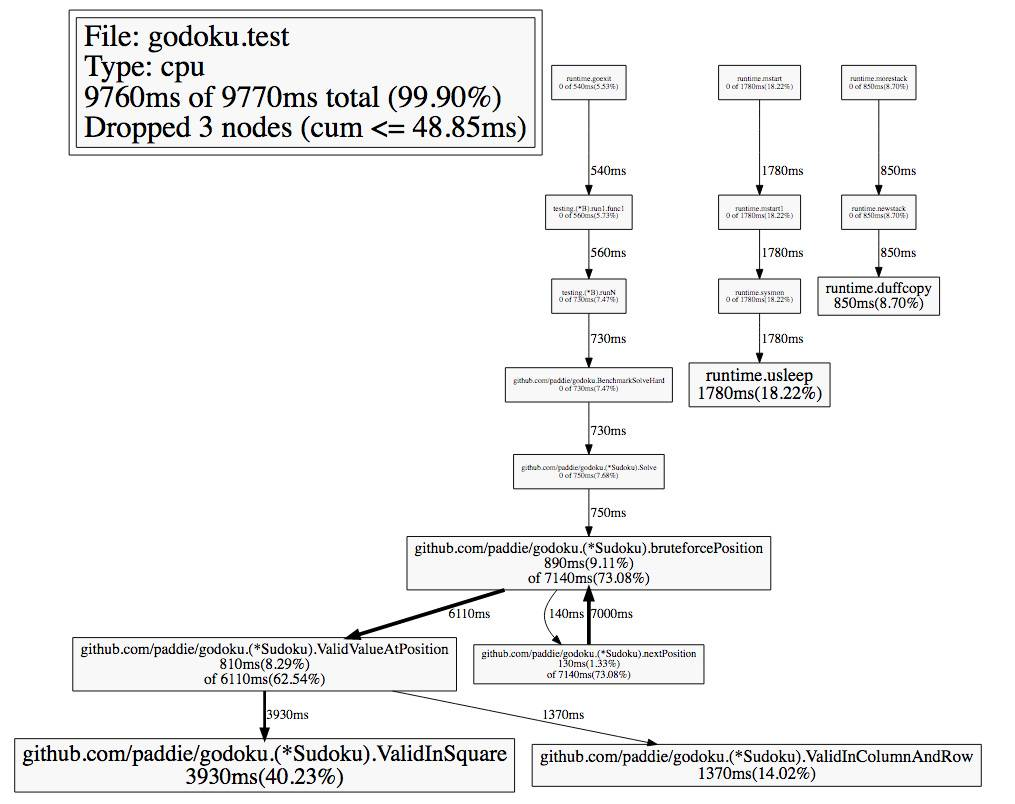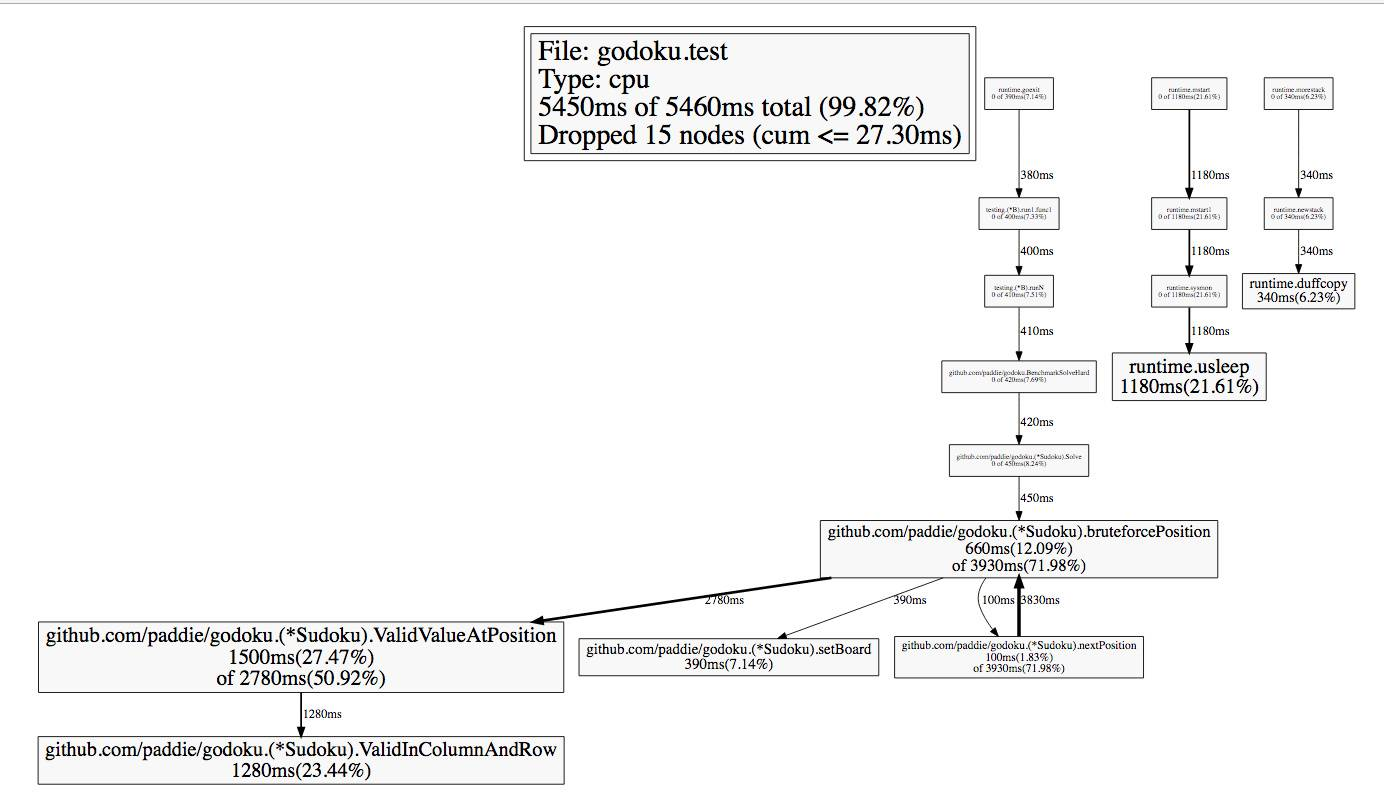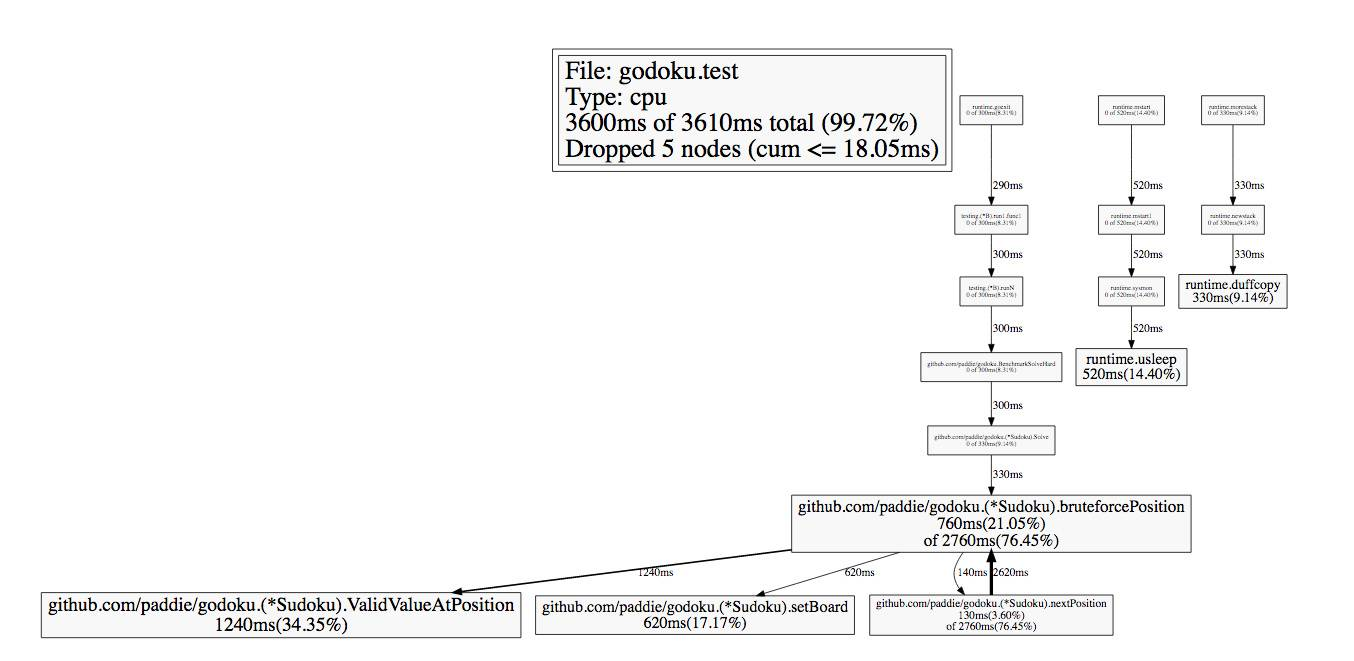1
2
3
4
5
6
7
8
9
10
11
12
13
14
15
16
17
18
19
20
21
22
23
24
25
26
27
28
29
30
31
32
33
34
35
36
37
38
39
40
41
42
43
44
45
46
47
48
49
50
51
52
53
54
55
56
57
58
59
60
61
62
63
64
65
66
67
68
69
70
71
72
73
74
75
76
77
78
79
80
81
82
83
84
85
86
87
88
89
90
91
92
93
94
95
96
97
98
99
100
101
102
103
104
105
106
107
108
109
110
111
112
113
114
115
116
117
118
119
120
121
122
123
124
125
126
127
128
129
130
131
132
133
134
135
136
137
138
139
140
141
142
143
144
145
146
147
148
149
150
151
152
153
154
155
156
157
158
159
160
161
162
163
164
165
166
167
168
169
170
171
172
173
174
175
176
177
178
179
180
181
182
183
184
185
186
187
188
189
190
191
192
193
194
195
196
197
198
199
200
201
202
203
204
205
206
207
208
209
210
211
212
213
214
215
216
217
218
219
220
221
222
223
224
225
226
227
228
229
230
231
232
233
234
235
236
237
238
239
240
241
242
243
244
245
246
247
248
249
250
251
252
253
254
255
256
257
258
259
260
261
262
263
264
265
266
267
268
269
270
271
272
273
274
275
276
277
278
279
280
281
282
283
284
285
286
287
288
289
290
291
292
293
294
295
296
297
298
299
300
301
302
303
304
305
306
307
308
309
310
311
312
313
314
315
316
317
318
319
320
321
322
323
324
325
326
327
328
|
// Package godoku is a simple, brute-force,
// in-place sudoku solver
package godoku
import (
"bytes"
"fmt"
"io/ioutil"
"strconv"
"strings"
)
type Sudoku struct {
board Board
solved bool
solutionCount int
doPrint bool
dim int
solveAll bool
solution Board
}
type Board [][]int
func (s *Sudoku) PrintBoard() {
for _, row := range s.board {
fmt.Println(row)
}
}
// IsValidBoard iterates through all initial
// values on the board and verifies that they indeed
// abide by the 3 laws of Sudoku
func (s *Sudoku) IsValidBoard() bool {
if s.board == nil {
return false
}
for i, row := range s.board {
for j, val := range row {
if val == 0 {
continue
}
s.board[i][j] = 0
if !s.ValidValueAtPosition(i, j, val) {
s.board[i][j] = val
return false
}
s.board[i][j] = val
}
}
return true
}
// String returns either the unsolved board if the
// sudoku has not been solved, or the solution
// if such a solution has been found
// by running one of the Solve* methods.
func (s *Sudoku) String() string {
var buffer bytes.Buffer
if s.solved {
for _, row := range s.solution {
buffer.WriteString(fmt.Sprintf("%v\n", row))
}
return buffer.String()
}
for _, row := range s.board {
buffer.WriteString(fmt.Sprintf("%v\n", row))
}
return buffer.String()
}
// GetSolution returns the solution
// BUG(paddie): doesn't check if board is solved
func (s *Sudoku) GetSolution() Board {
return s.solution
}
// Load a sudoku from a path and a dimension argument
func NewSudokuFromFile(path string, dim int) (*Sudoku, error) {
s := new(Sudoku)
var err error
s.board, err = readBoardFromFile(path, dim)
if err != nil {
return nil, err
}
s.dim = dim
return s, nil
}
// Loads a sudoku-board in a string-representation;
// The values are in a 9x9 matrix, using space " " as delimiters and '\n' as linebreaks
func NewSudokuFromString(path string, dim int) (*Sudoku, error) {
s := new(Sudoku)
var err error
s.board, err = readBoardFromString(path, dim)
if err != nil {
return nil, err
}
s.dim = dim
return s, nil
}
/*
Returns the number of solutions found.
*/
func (s *Sudoku) GetSolutionsCount() int {
return s.solutionCount
}
// registers the first solutions in the s.solution
// board, and prints if doPrint is set.
func (s *Sudoku) registerSolution() {
s.solutionCount++
if s.doPrint {
s.PrintBoard()
}
if s.solved {
return
}
s.solved = true
s.solution = make(Board, 9, 9)
for i, row := range s.board {
s.solution[i] = make([]int, 9, 9)
copy(s.solution[i], row)
}
}
// Check if the solver has found a solution
func (s *Sudoku) IsSolved() bool {
return s.solved
}
// The dimensions of the sudoku board
func (s *Sudoku) Dimension() int {
return s.dim
}
// Solve and save the solution. Returns an error if no Sudoku has been loaded
func (s *Sudoku) Solve() error {
s.solved = false
if s.board == nil {
return fmt.Errorf("No Board has been loaded..")
}
s.solveAll = false
s.bruteforcePosition(0, 0)
return nil
}
// Same as Solve(), but this one also prints
// the solution to stdin
func (s *Sudoku) SolveAndPrint() error {
s.doPrint = true
err := s.Solve()
s.doPrint = false
return err
}
// Same as Solve, but keeps running until it has all
// the solutions and keeps a count. It only saves the first solution
func (s *Sudoku) SolveAll() error {
s.solved = false
if s.board == nil {
return fmt.Errorf("No Board has been loaded..")
}
s.solveAll = true
s.bruteforcePosition(0, 0)
return nil
}
// Same as SolveAll but prints all the solutions
// to stdin
func (s *Sudoku) SolveAllAndPrint() error {
s.doPrint = true
err := s.SolveAll()
s.doPrint = false
return err
}
func (s *Sudoku) bruteforcePosition(row, col int) {
// we use '0' to indicate a non-filled block
if s.board[row][col] == 0 {
for i := 1; i < 10; i++ {
if s.ValidValueAtPosition(row, col, i) {
// place the value and attempt to solve
s.board[row][col] = i
// attempt to solve the sudoku with placed value
s.nextPosition(row, col)
if s.solved && !s.solveAll {
// if Solve() was used, we break
// after first solution
s.board[row][col] = 0
return
}
// clean up after attempt
s.board[row][col] = 0
}
}
} else {
s.nextPosition(row, col)
}
}
// Does two things:
//
// 1) if the board is in a finished state, calls
// registerSolution() and returns;
// enables bruteforcePostion to exhaust every remaining permutation
//
// 2) checks wether to move to next column or next row
func (s *Sudoku) nextPosition(row, col int) {
// we run through the Board row by row
// meaning we only change rows when we're in
// the final column
if col < 8 {
s.bruteforcePosition(row, col+1)
} else {
// if we're in the final collumn in the final
// row; we have a solution
// - else we iterate to next row and reset the collumn
if row < 8 {
s.bruteforcePosition(row+1, 0)
} else {
s.registerSolution()
}
}
}
// Verify that _val_ can be legally placed at (row,col)
// given restrictions in column, row and 3x3 square
func (s *Sudoku) ValidValueAtPosition(row, col, val int) bool {
if s.ValidInSquare(row, col, val) &&
s.ValidInColumnAndRow(row, col, val) {
// validInRow(row, val, Board) {
return true
}
return false
}
// Checks that the _val_ does not already occur in the
// active 3x3 square
func (s *Sudoku) ValidInSquare(row, col, val int) bool {
row, col = int(row/3)*3, int(col/3)*3
for i := row; i < row+3; i++ {
for j := col; j < col+3; j++ {
//fmt.Printf("row, col = %v, %v\n", i, j)
if s.board[i][j] == val {
return false
}
}
}
return true
}
// Checks if _val_ already occurs in either the row or the column.
func (s *Sudoku) ValidInColumnAndRow(row, col, val int) bool {
for i := 0; i < 9; i++ {
if s.board[row][i] == val ||
s.board[i][col] == val {
return false
}
}
return true
}
func readBoardFromFile(path string, dim int) (Board, error) {
content, err := ioutil.ReadFile(path)
if err != nil {
return nil, err
}
return readBoardFromString(string(content), dim)
}
func readBoardFromString(m string, dim int) (Board, error) {
lines := strings.Split(m, "\n")
if len(lines) < dim {
return nil, fmt.Errorf("row count of input: %v does not match dim: %v", len(lines), dim)
}
Board := make(Board, dim, dim)
for i := 0; i < dim; i++ {
stringRows := strings.Split(lines[i], " ")
if len(stringRows) < dim {
return nil, fmt.Errorf("column count of input: %v does not match dim: %v", len(lines[i]), dim)
}
integerRow := make([]int, dim, dim)
for j := 0; j < dim; j++ {
str := stringRows[j]
val, err := strconv.Atoi(str)
if err != nil {
return nil, err
}
integerRow[j] = val
}
Board[i] = integerRow
}
return Board, nil
}
|


